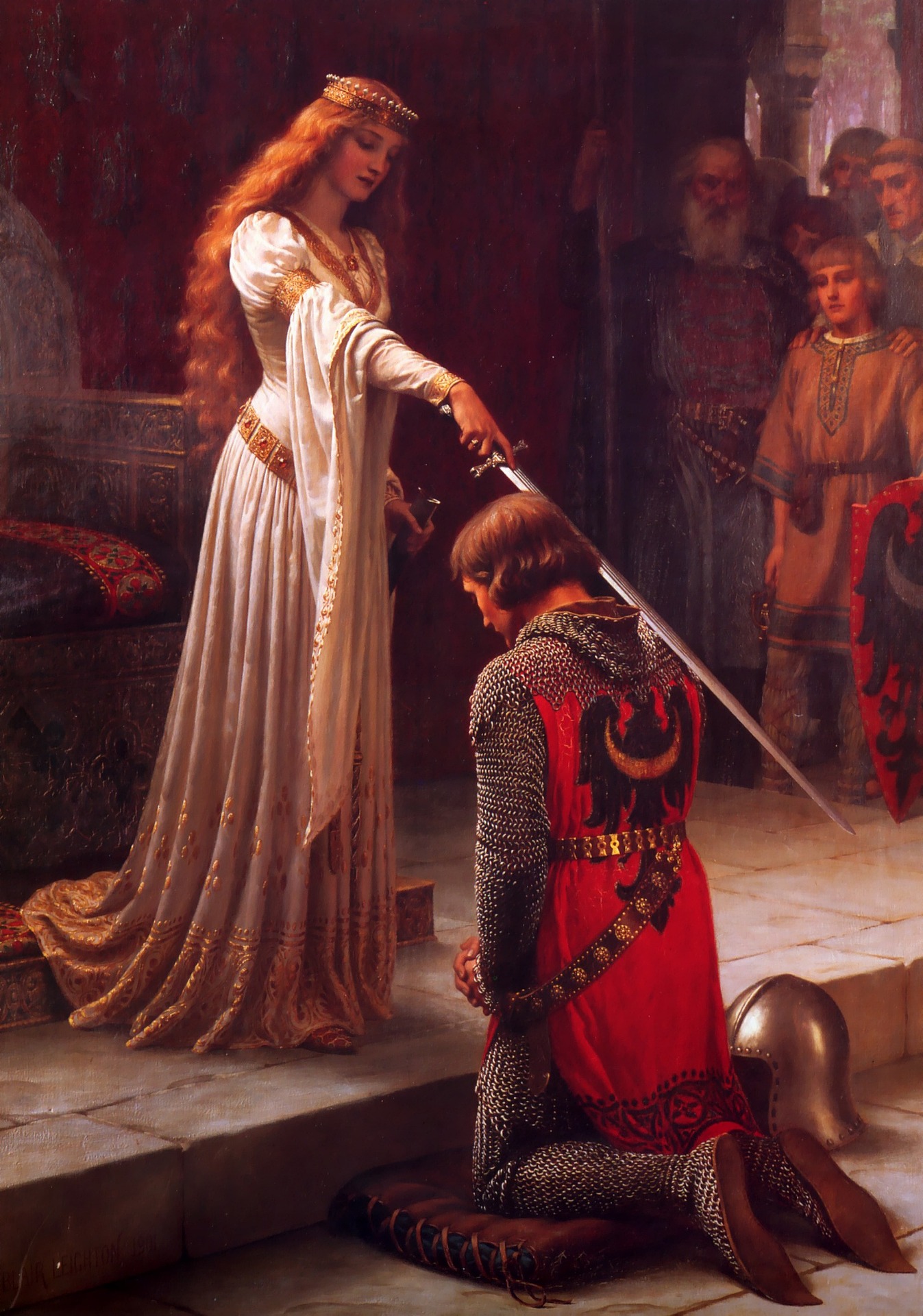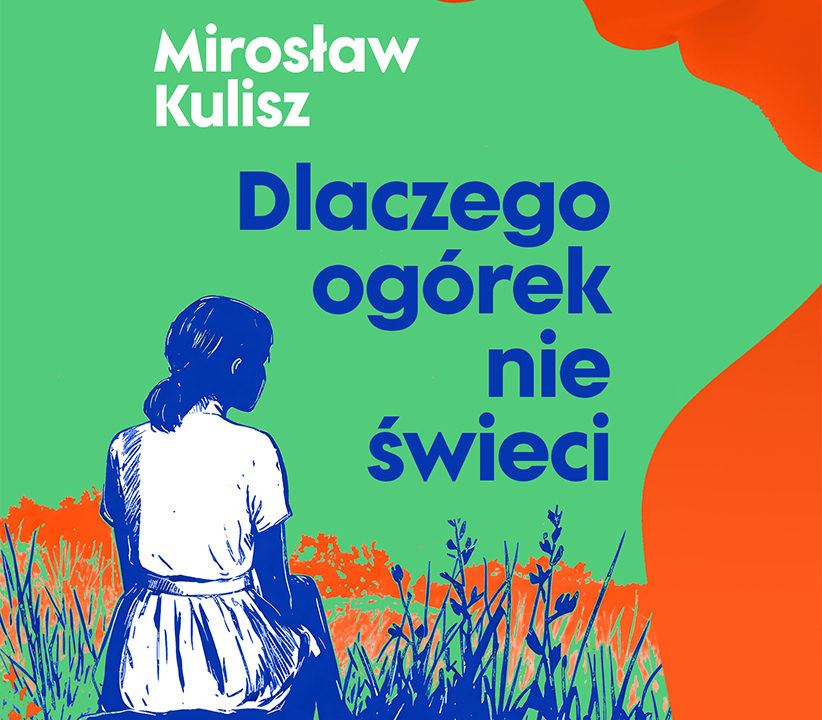
Powrót do Nibylandii
2023-08-05
Legendy arturiańskie – wersje oraz inspiracje
2023-08-05J. Douglas Bruce Ph. D., Mort Artu

"MORT ARTU AN OLD FRENCH PROSE ROMANCE OF THE XIII th CENTURY BEING THE LAST DIVISION OF ‘LANCELOT DU LAC’". In the course of preparing that edition — in my study of the sources of the English romance — I found myself compelled to use the manuscripts and black-letter prints of the Mort Artu (included in the Lancelot du Lac) in default of a modern edition, and the inconvenience of this convinced me that I should be performing a service to the constantly increasing band of Arthurian students, if I should make accessible some good text of this work. The fact that English studies and not French constitute my professional occupation naturally caused me to hesitate in undertaking such a task, but I recalled that the men who have done such invaluable service in making other branches of this very cycle known — namely, Drs. F. J. Furnivall and H. 0. Sommer — also approached the subject from the English side; and this consideration, combined with a love of the mediaeval French romances which dates from the years when I sat under Professors Tobler and Grober, finally carried the day. Like the editions of the Grand Saint Graal and Queste by Dr. Furnivall and of the Merlin by Dr. Sommer, the present edition has a comparatively slender manuscript basis, but scholars who have worked in the manuscripts of the Arthurian prose romances will condone this defect more readily than those who have not. Speaking of the Mort Artu, I may say that the number of unimportant omissions, additions, transpositions and variations of phrase in the manuscripts of this work is so great that it is hardly practicable in the majority of cases to give the variant readings in the usual manner at the bottom of the page: each manuscript would have to be printed in extenso.
No doubt, a closer study of the individual manuscripts, such as the present publication, it is hoped, will facilitate, will reveal groups of manuscripts so closely related that a record of collations of the usual character could be printed without difficulty in an edition based on one of the group. For instance, to judge by a line-to-line collation of the first 46 folios (out of the 120 it contains) of MS. 4380 (nouvelles acquisitions), Bibl. Nat., the variants in this MS. as compared with our text hardly exceed the usual proportion in MSS. of mediaeval texts. — So it is, too, as between MSS. Add. 10294 and Royal 14. E. Ill of the British Museum, which are very closely related, the latter, in my own judgment, being copied from the former. When I began the preparation of this edition, 2 it was my intention to collate throughout all the manuscripts of the Mort Artu in the British Museum and the Bibliotheque Nationale e for variations in the story, but, situated as I was, it proved impossible for me to do this, and I had to content myself with the much more modest limits of the present edition.
With regard to the selection of MS. 342 as the basis of the present work, M. Paul Meyer was' kind enough to indicate this as probably the best of the manuscripts in the Bibliotheque Nationale. This judgment seemed confirmed by the comparison of specimen pages from a number of the oldest manuscripts of the work in that library which I had copied. It is certainly better than any of the five manuscripts in the British Museum, all of which show a more or less abbreviated text as compared with the one here printed. I accordingly had the Mort Artu of this manuscript copied by M. Pierre Flament (in the winter of 1902—3) — at that time connected with the Department of Manuscripts of the Biblioth&que Nationale — and when in Paris the following summer I collated this transcription throughout with the Original. Moreover, before sending the text to press I had blanc-sur-noir photographs of the manuscript taken, and with these I have collated the proofs word for word as carefully as possible. Besides the text of MS. 342 I have given at the bottom of the page complete collations of two of the British Museum manuscripts for variations in the incidents (including at the same time other interesting details) — viz. MSS. Royal 19. C. XIII (=R) and Add. 10294 (=A). Owing to the peculiarities of the manuscripts described above, it was not practicable to give a complete record of all mere variants of phrase.
In preparing my edition of the Middle English stanzaic Marie Arthur I had become very familiar with all five manuscripts of the Mart Artu in the British Museu, but the comparatively limited nature of my visits to London did not permit me to make the detailed collation of them all that I have been able to make of these two. I have selected R partly because of its age (late 13 th century, as Mr G. F. Warner kindly informs me) — only Add. 17443 among the British Museum MSS. is as old — and partly because it offers a distinctive (strongly abbreviated) recension of the text, all the more interesting because of its early date.
On the other hand, I was led to select A mainly because this manuscript had already been used by Drs. Furnivall and Sommer 3 in their editions of other romances of this cycle, The text which it offers for long stretches does not differ materially from that of Ms. 342 but it is fullest in the portions where abbreviation would have been most advisable (and where R does condense most), namely, in the descriptions of battles in the latter half of the romance. Of the remaining three manuscripts in the British Museum it may be said that the beautiful Royal 14. E. HI (= R 1 ) has little interest for the text, since it differs very slightly from A. On the other hand, Add. 17443 (= A*) and Royal 20. C. VI (= R 2 ) 1 have more independent value, but they show no important variation, as far as the story is concerned, and, generally speaking, I am satisfied from my constant use of them that a line-for-line collation of their texts would not yield any variant of real interest in respect to incident which is not found in one of the three manuscripts — 343, A or R.
With regard to the variants from A and R which I have given, the choice of these variants where the language of the texts differs so much (more especially in the case of R) is bound to be more or less arbitrary. In the rare cases where there is a manifest difference of conception or incident the problem is easy. But in the far more numerous cases of such differences as are hardly more than mere differences of phraseology the question is more difficult as to what one should record. I feel confident, however, that in this matter, if I have erred, it has been on the side of over-fullness — only the record for the first three or four folios of each manuscript is not quite so minute as it is later on, and on the whole the record ist throughout somewhat more complete for R than for A.
I will call attention, furthermore, to the collations from manuscripts in the Bibliotheque Nationale which I offer here and there at the bottom of the page, e. g. the one on page 250, which is of especial interest. Most of these collations were made with reference to passages which connect our romance with other romances of the cycle, so as to establish the fact that such allusions were not peculiar to the individual manuscript but belonged to the work in its original form. Some, like that given p. 102, note 7, will afford important data in the ultimate classification of the MSS. After all, however, the main value of the present edition lies in the fact that it furnishes a starting-point for a critical edition of this famous romance. With the excellent text here printed — I do not believe that a better one is likely to turn up elsewhere — the work of co-operative collation, which, in view of the large number of the MSS., will be doubtless necessary in the preparation of such an edition, will be made possible. Only when critical editions are available for all the principal prose romances will Arthurian studies be lifted out of the bog of speculation and conjecture.
In conclusion, I wish to return thanks to various scholars who have been kind enough to answer my inquiries relating to the manuscripts and other matters. I should like to mention in this connection particularly Mr. D. T. B. Wood, Superintendent of the Students’ Room of the British Museum, and Prof. E. C. Armstrong of the Johns Hopkins University.
Phot. Pixabay
Mort Artu, an Old French prose romance of the XIIIth century being the last division of "Lancelot du Lac", now first edited from MS. 342 (Fonds français) of the Bibliothèque nationale, with collations from some other MSS. by J. Douglas Bruce ( 1862-1923)




